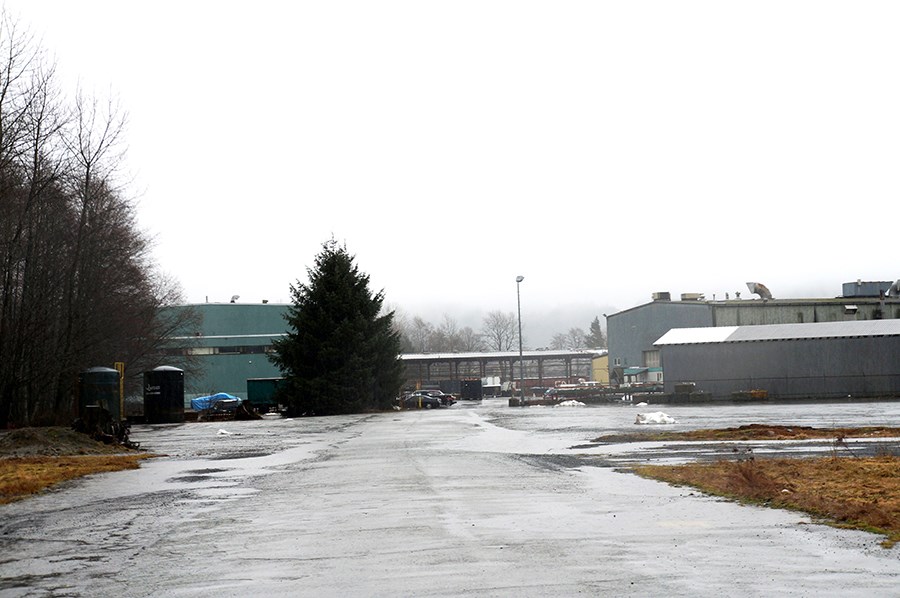Squamish has a new employment lands strategy.
The long-awaited strategy passed council March 17.
Aims of the strategy include expanding and maximizing the use of Squamish’s employment lands, according to district planner Sarah McJannet who presented the strategy to council.
The district defines employment lands as privately and publicly owned property that supports industrial, commercial, office and other land uses that employ people.
The strategy has 16 recommendations for the district to carry out during the next four years.
Some of the immediate recommendations involve zoning bylaw amendments.
“This is to address conflicting land use policies and regulations to better align our zones and define our industrial classifications, for example,” said McJannet.
Continuing to meet with the Squamish Nation to discuss employment lands and joint planning opportunities was another immediate recommendation.
Longer-term recommendations, to be carried out over the next one or two years, include producing a district economic development strategy.
In the three or four-year range, the strategy calls for the district to explore an industrial traffic route by completing background study for the connector options to connect the Squamish Terminals, the Squamish Business Park and Highway 99.
Eric Andersen of the Squamish and District Forestry Association said the strategy is something the forest industry and various council-appointed committees have requested from the district for years.
“The present, long-awaited Employment Lands Strategy report confirms that we do not have sufficient industrial lands available for future needs, particularly in the medium – versus light and heavy – industrial category,” Andersen said.
“We have been redesigning and rezoning substantial areas of industrial lands to residential and mixed uses in recent years, creating some dilemmas today and in future.”
According to Andersen, the work done on the strategy should be helpful when the Official Community Plan and Zoning Bylaw are reviewed.
“We think that council and the public can be very satisfied with the value of this employment lands study, considering the quite small amount of taxpayer monies spent on the project,” he said.
The Employment Lands Strategy came in at just over $62,000, according to the district.
The district’s employment lands were last assessed in 2007.
Now that the strategy has passed council, staff will bring forward a work plan for the immediate tasks that can be added to the 2015-2019 budget planning process, according to district staff.



